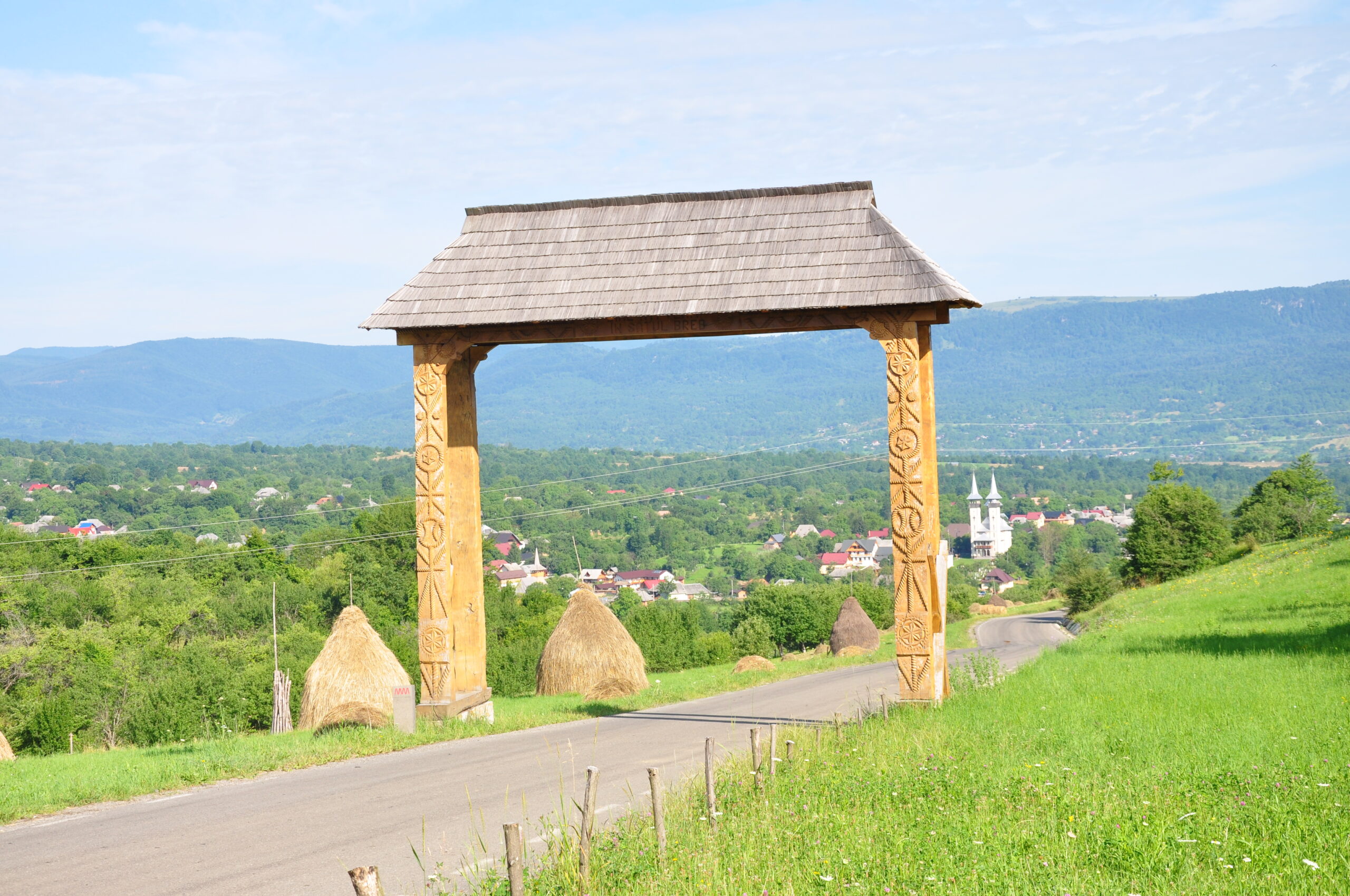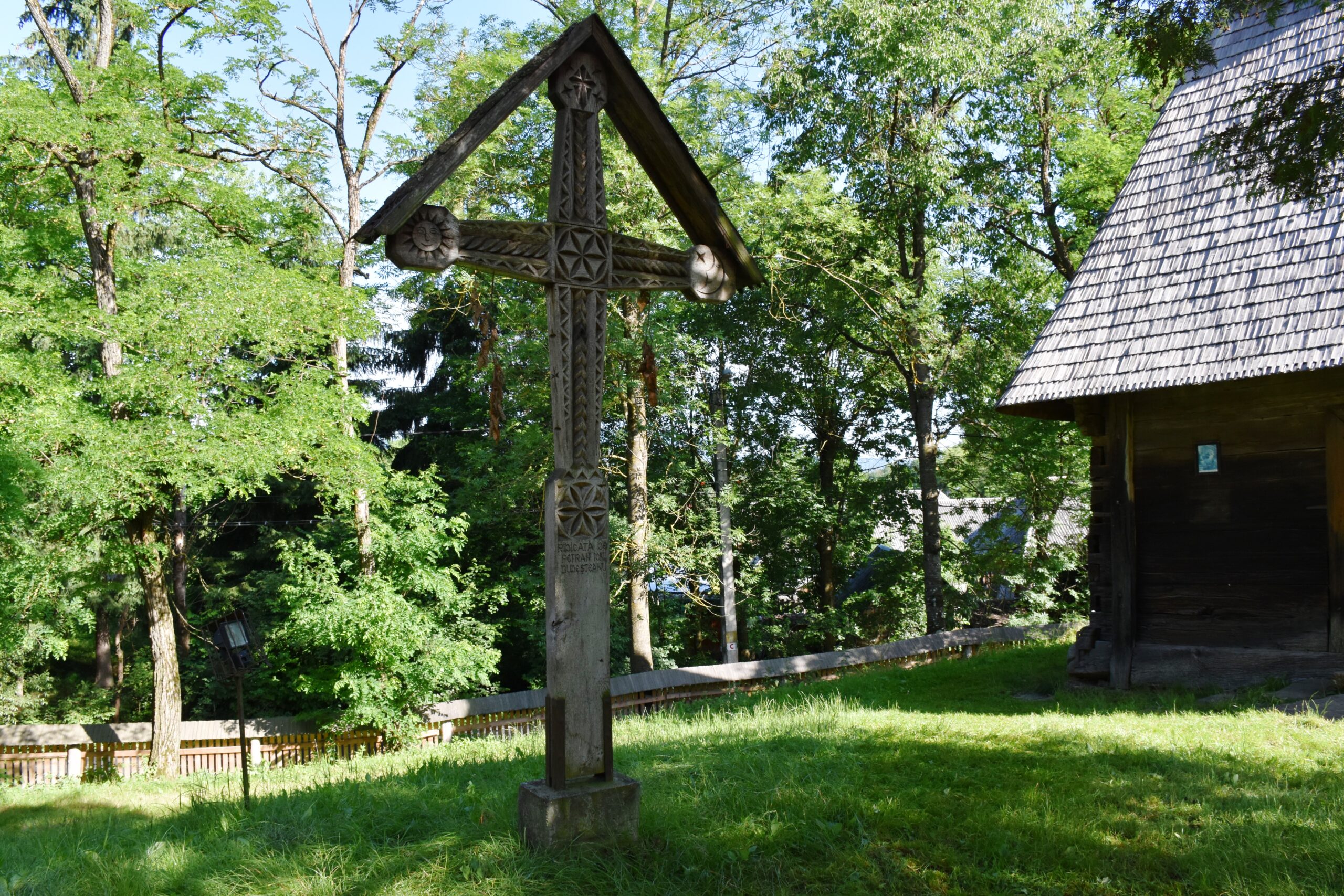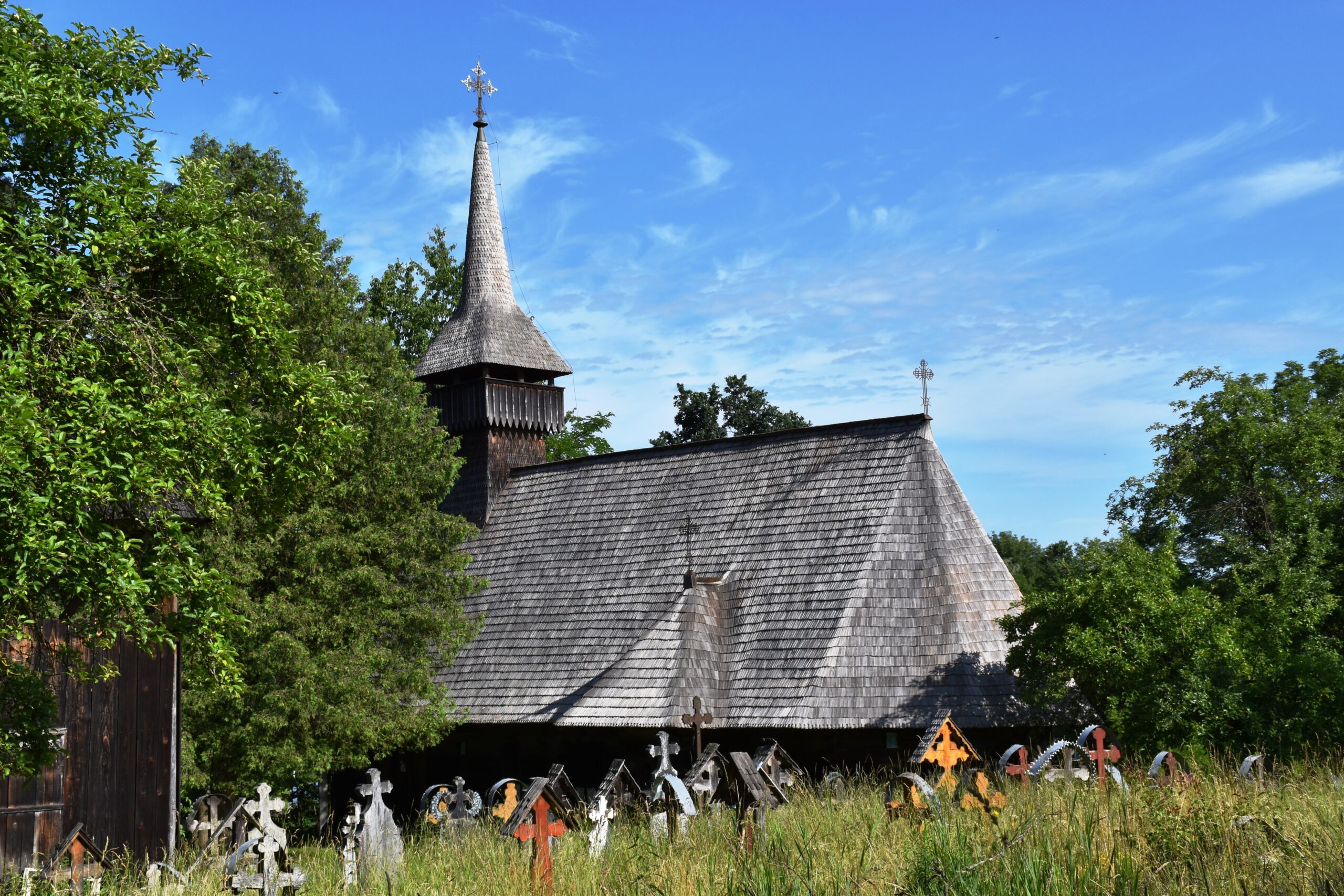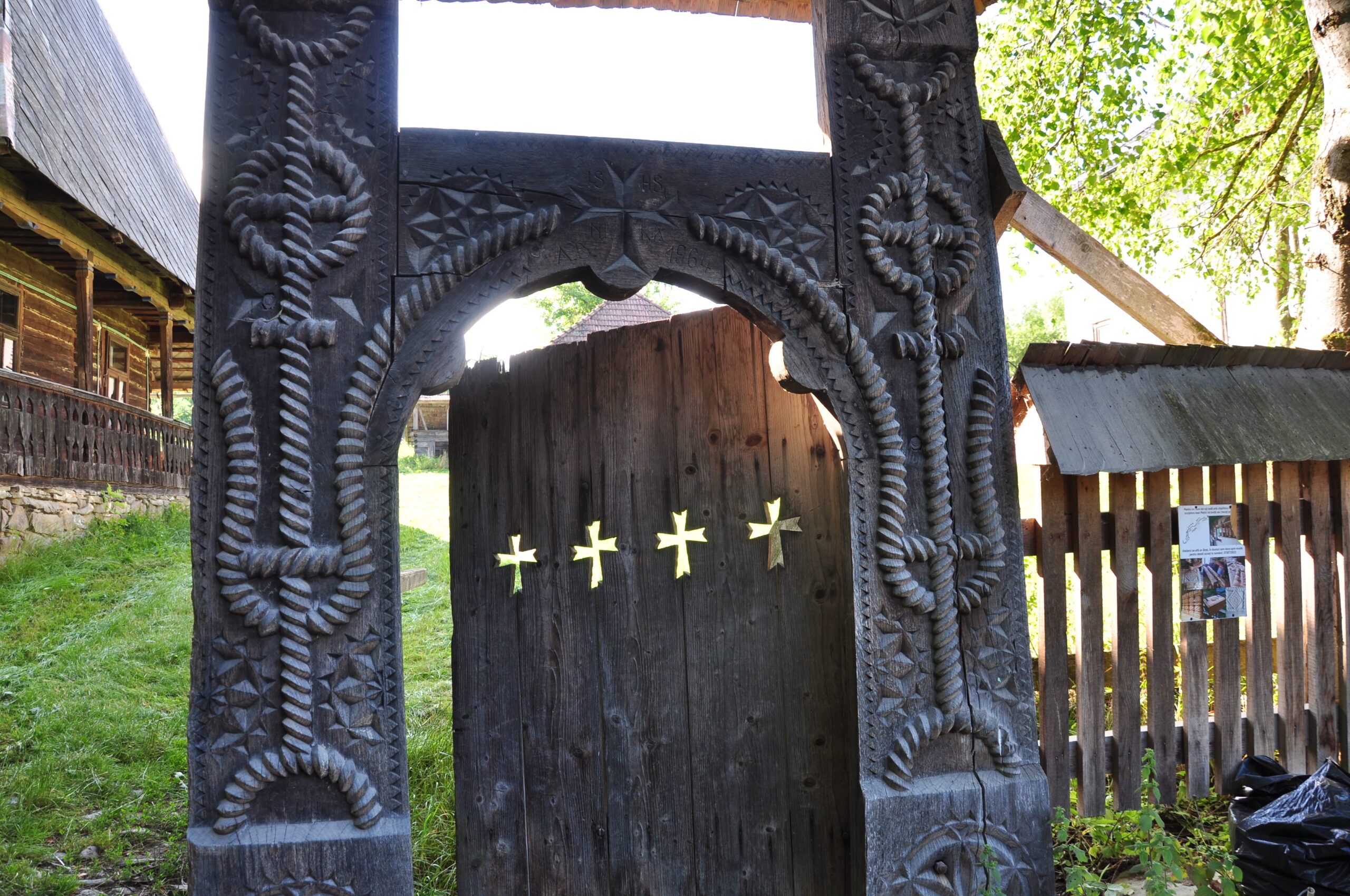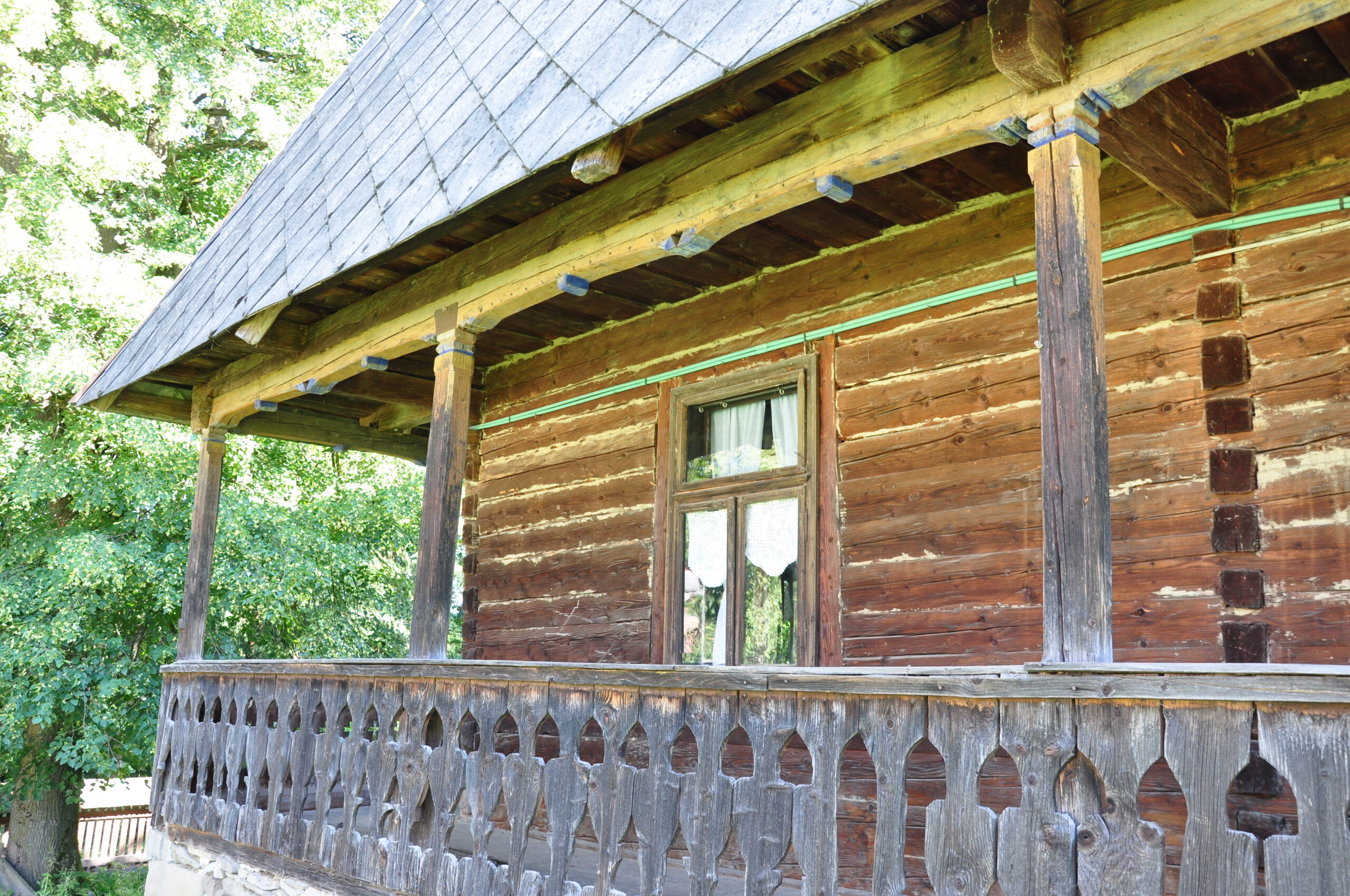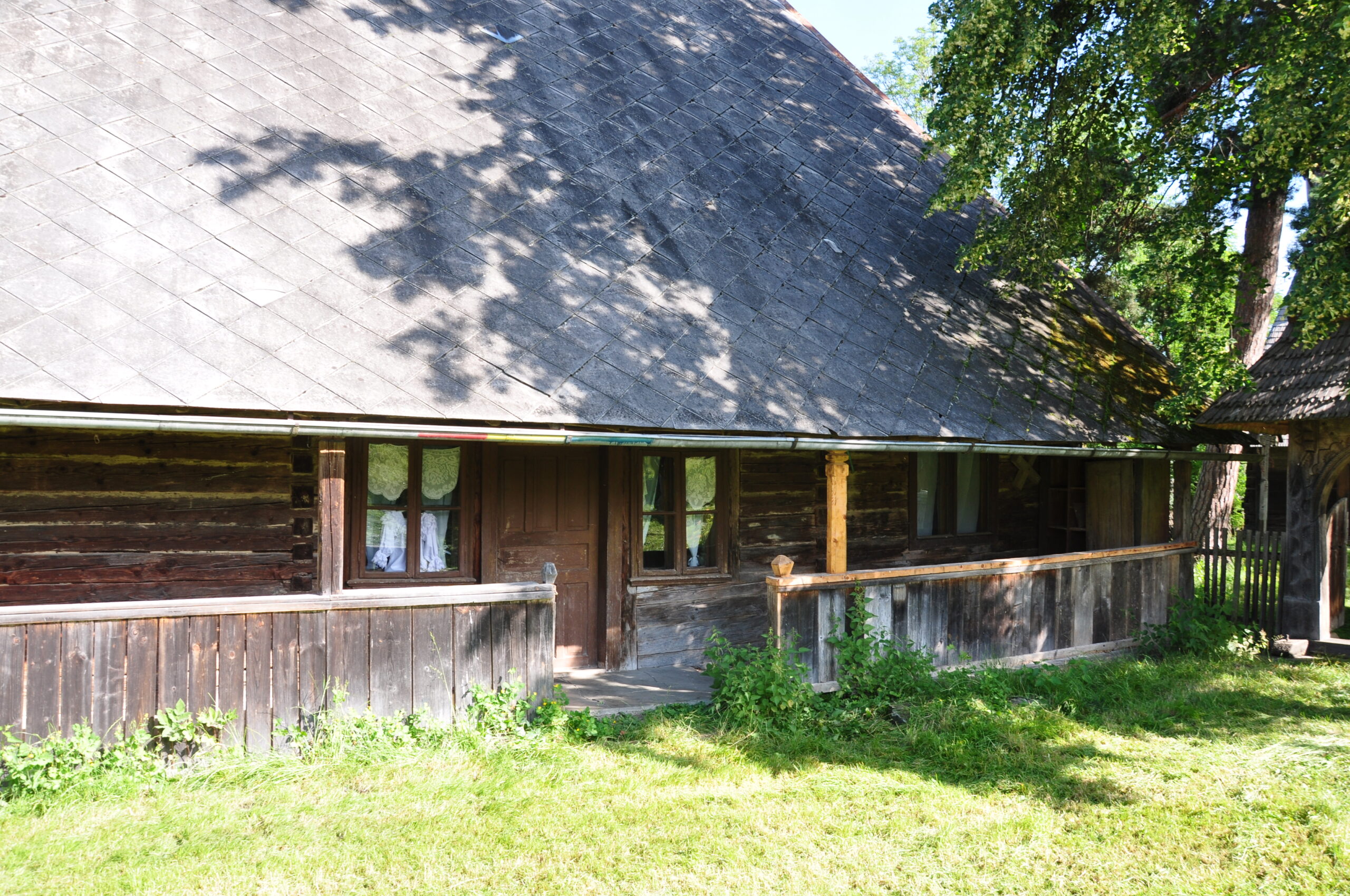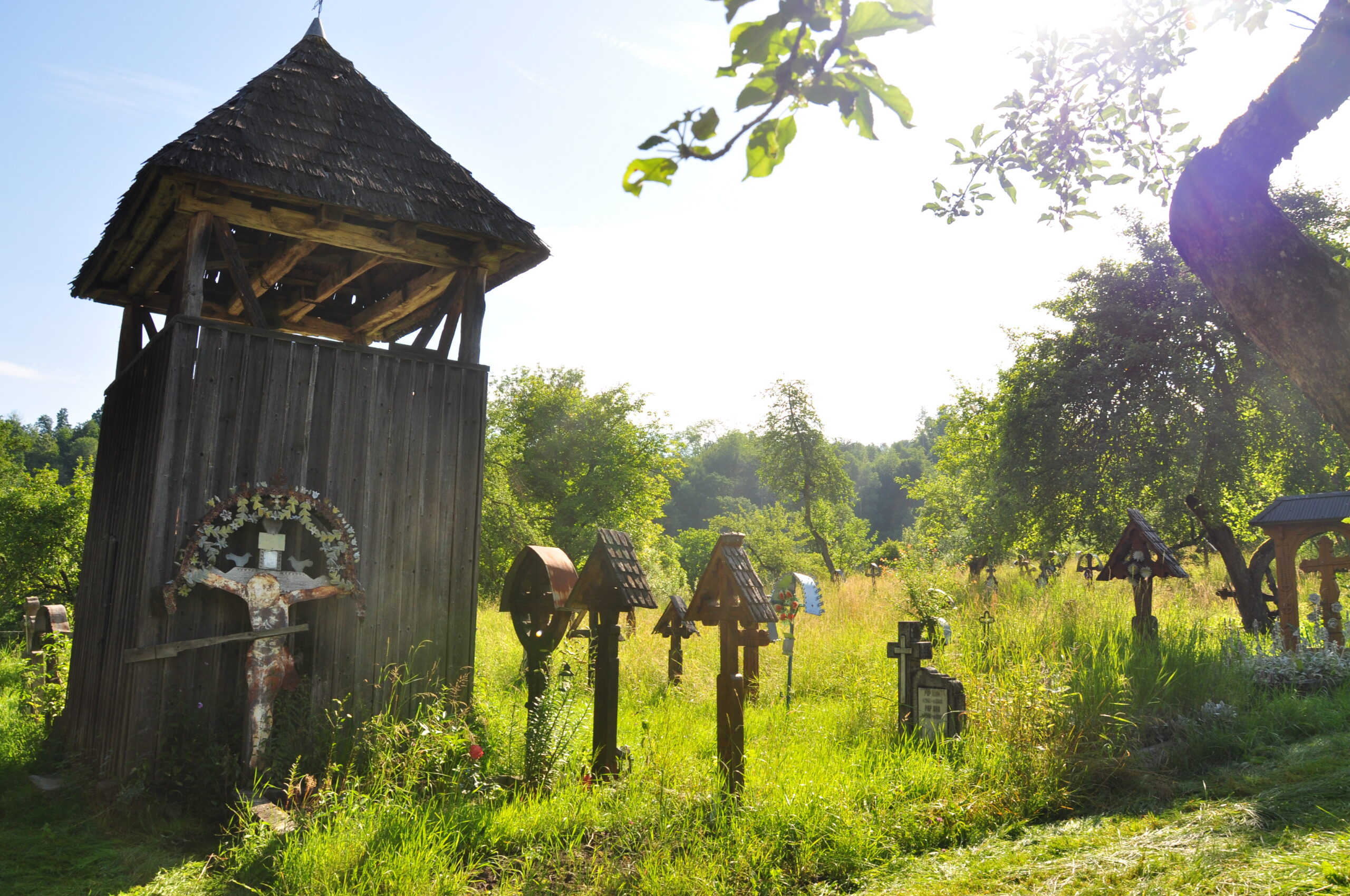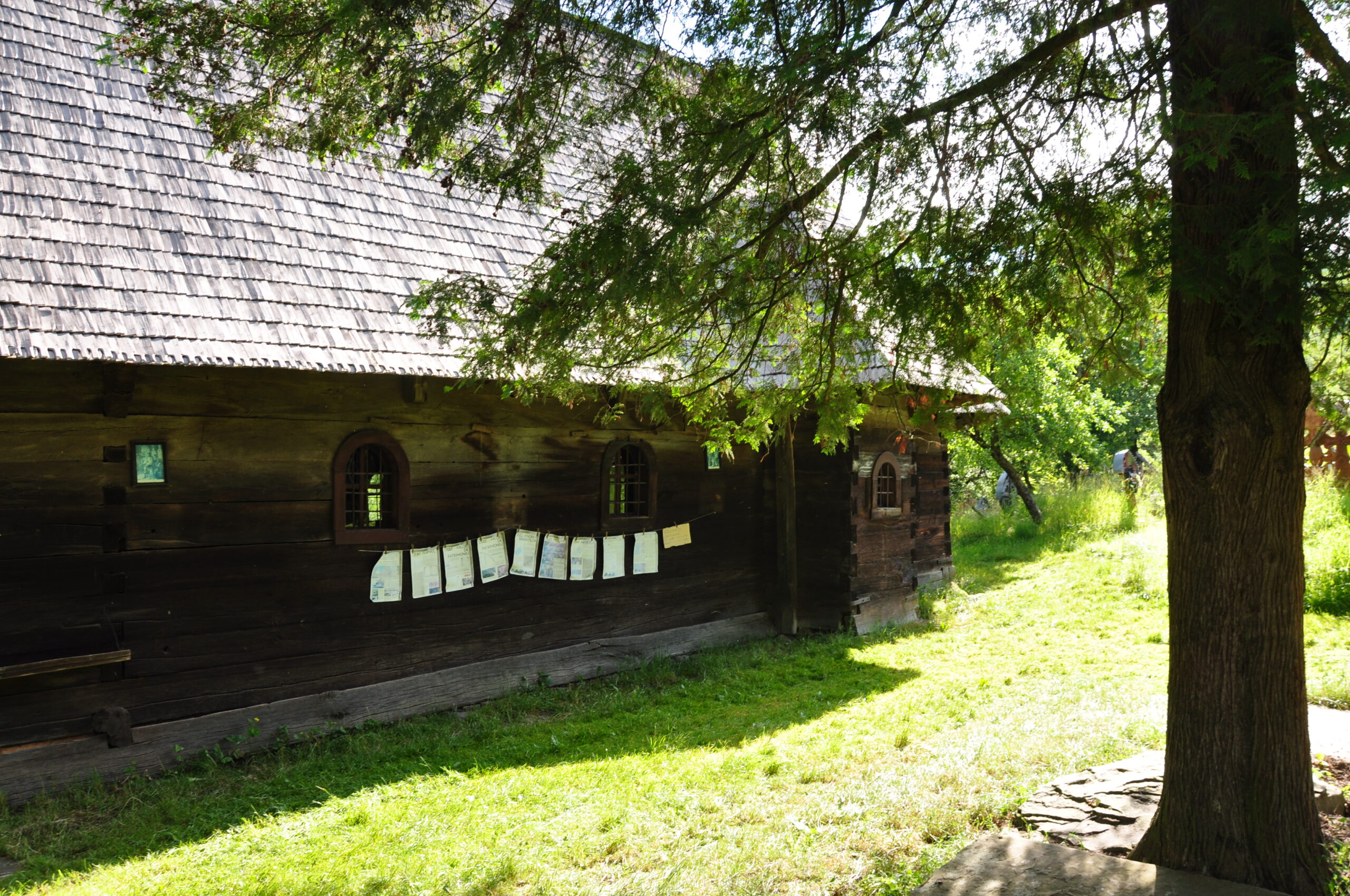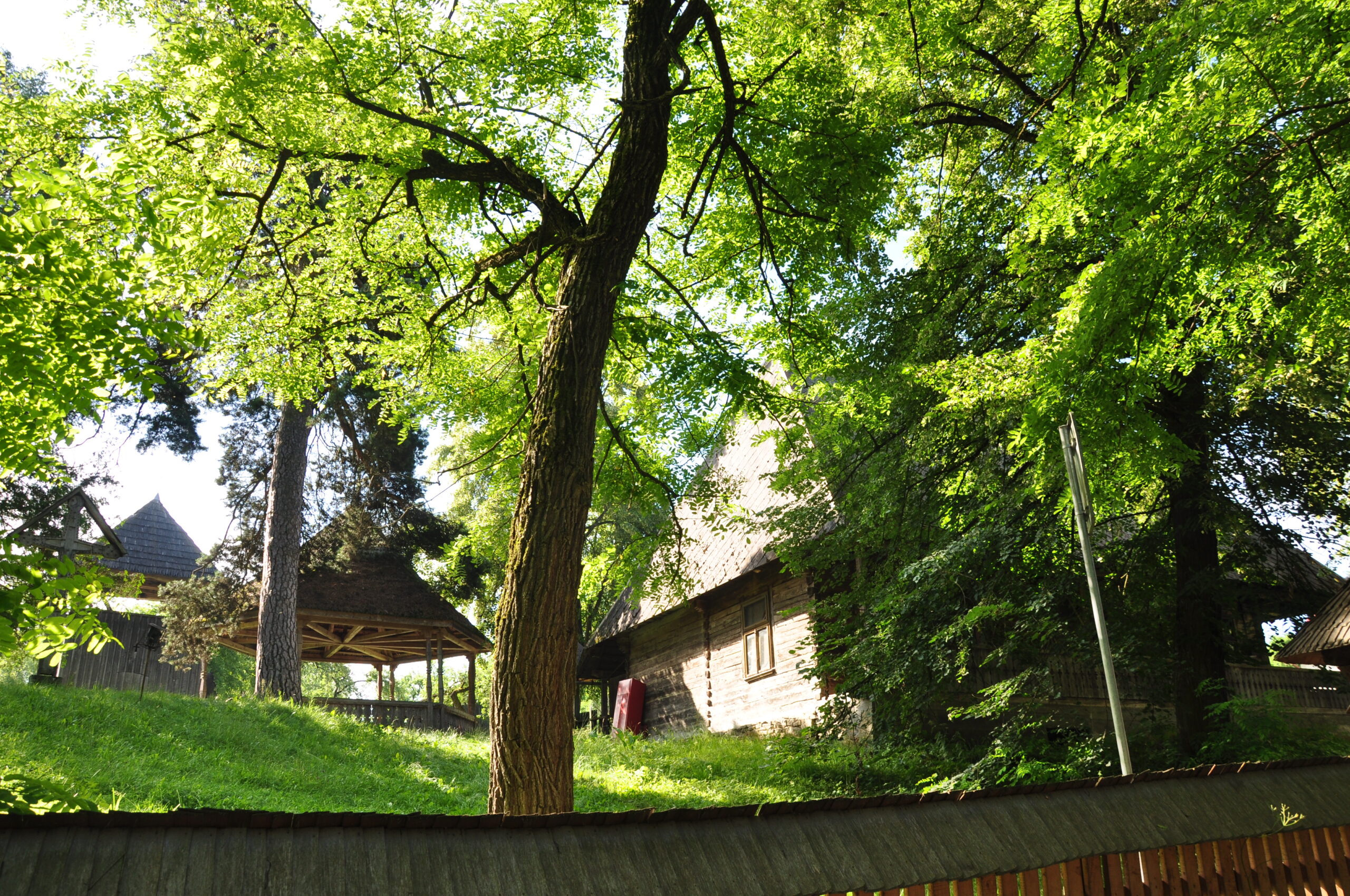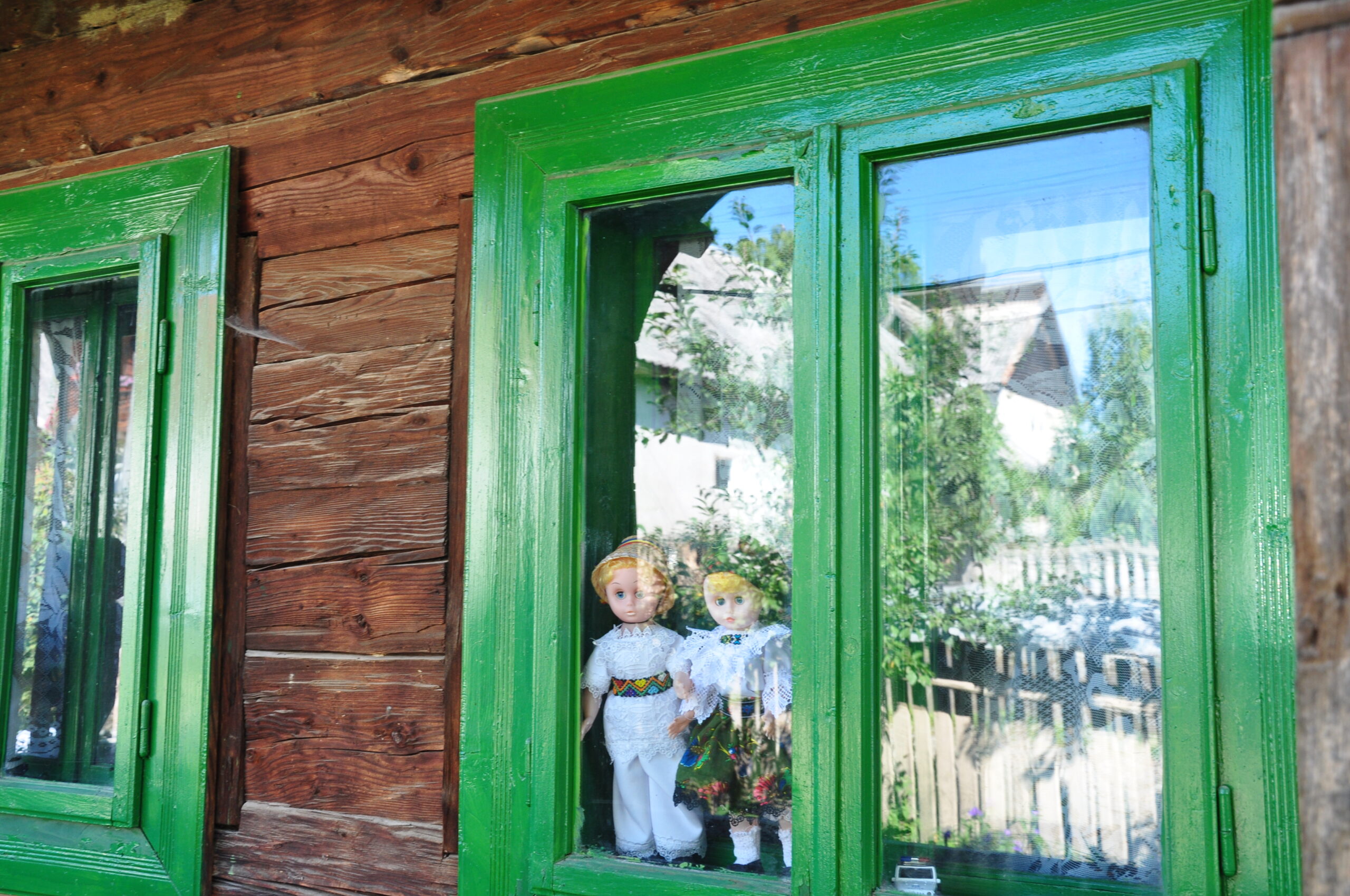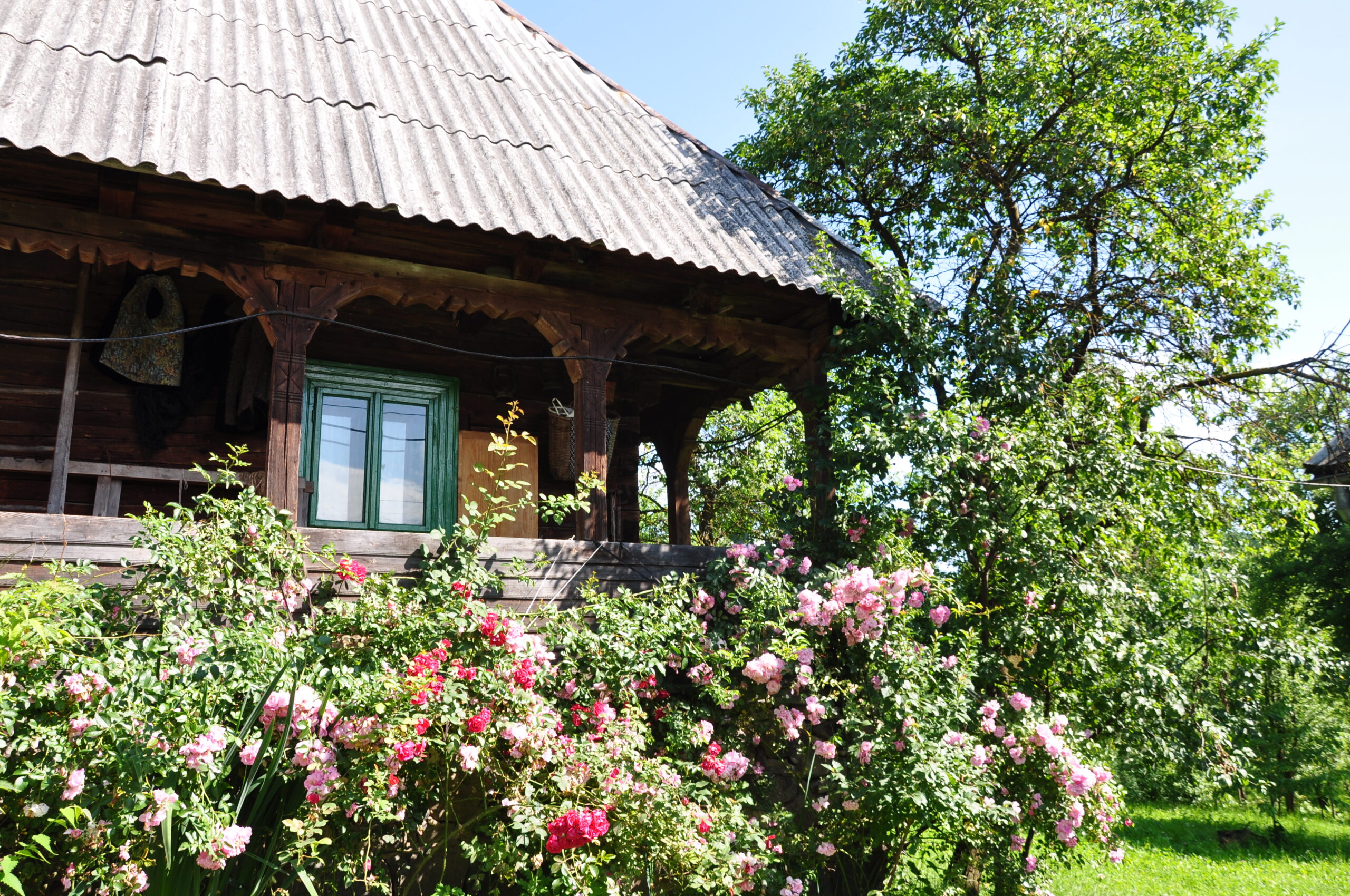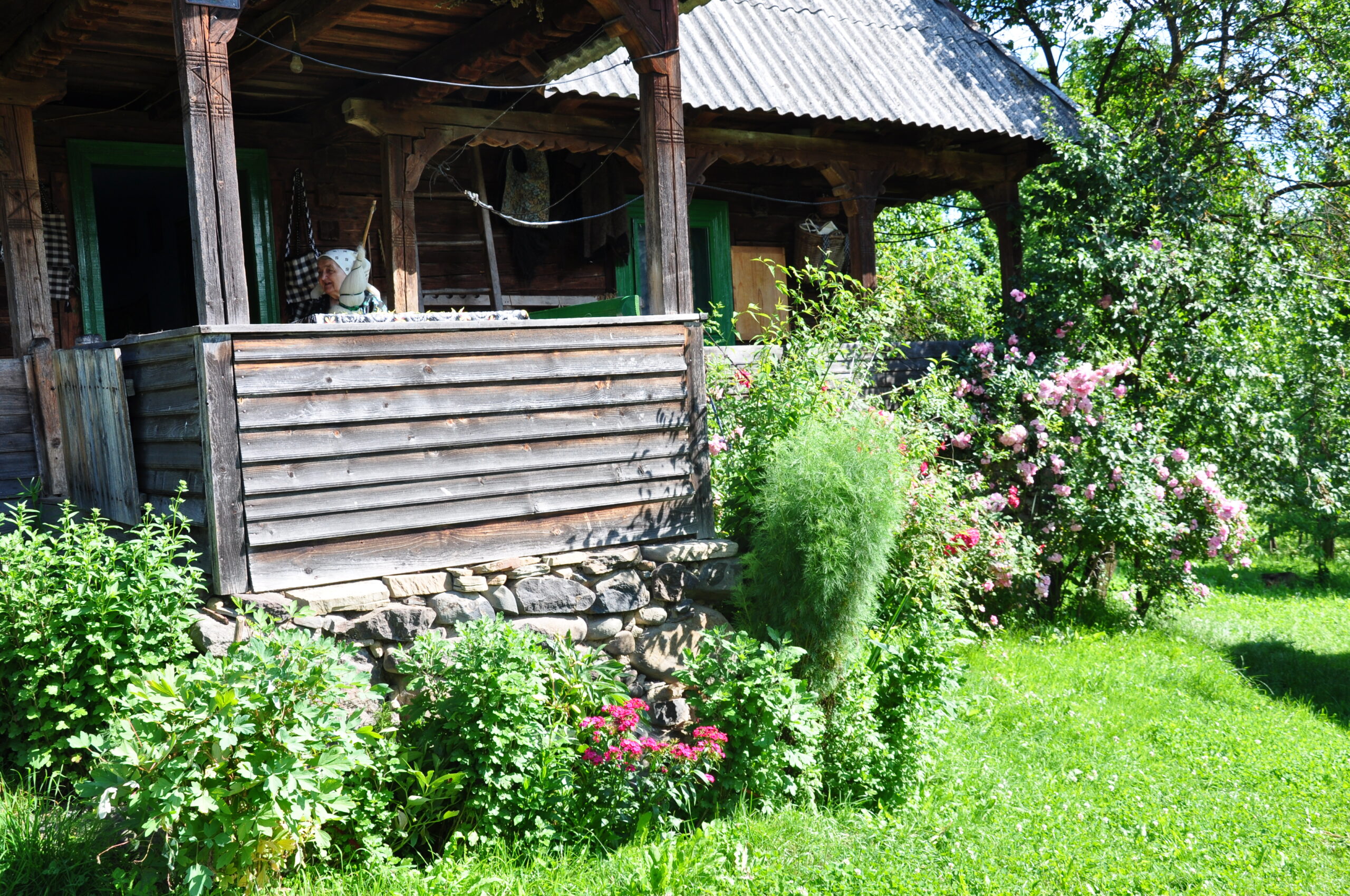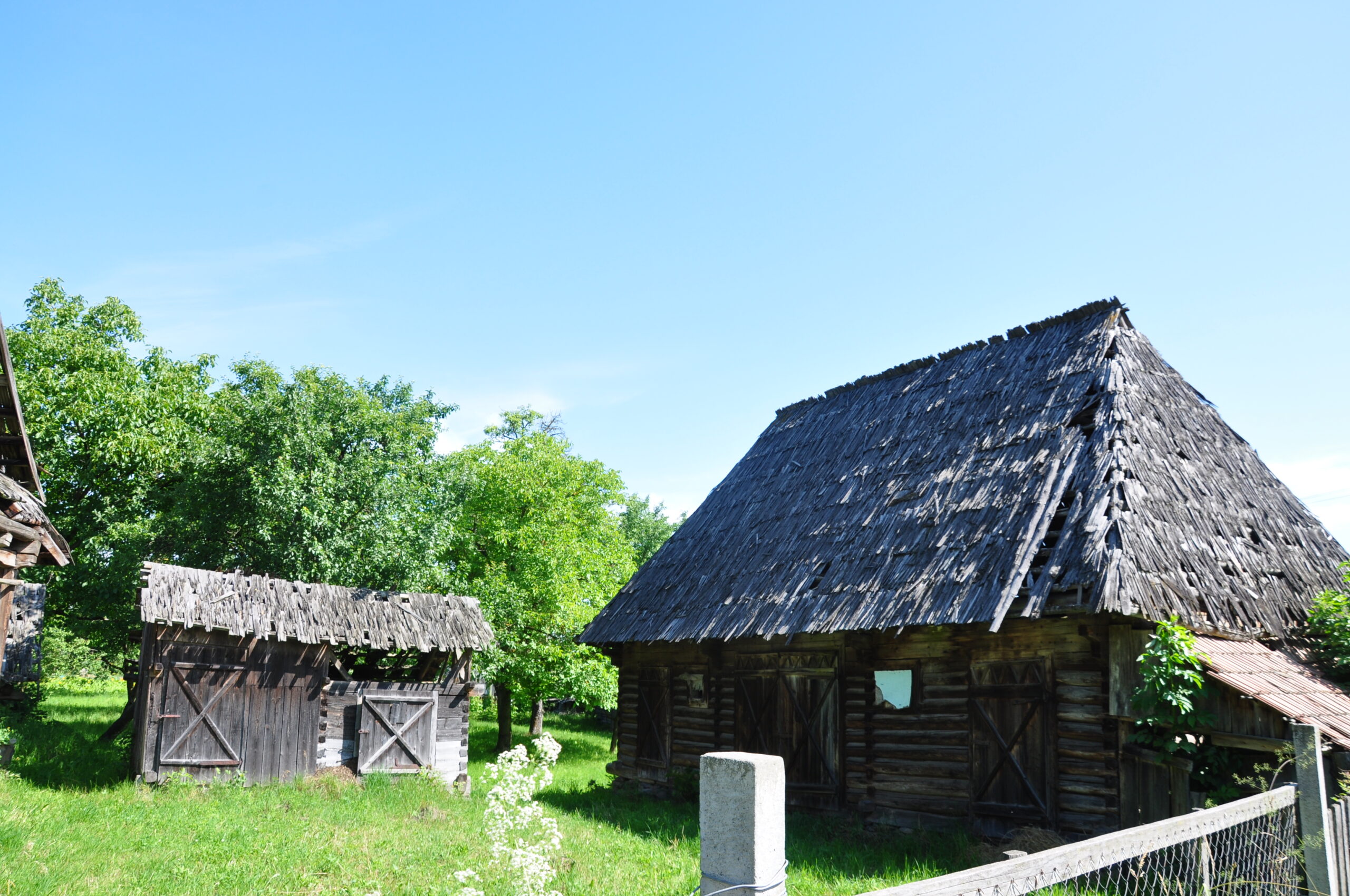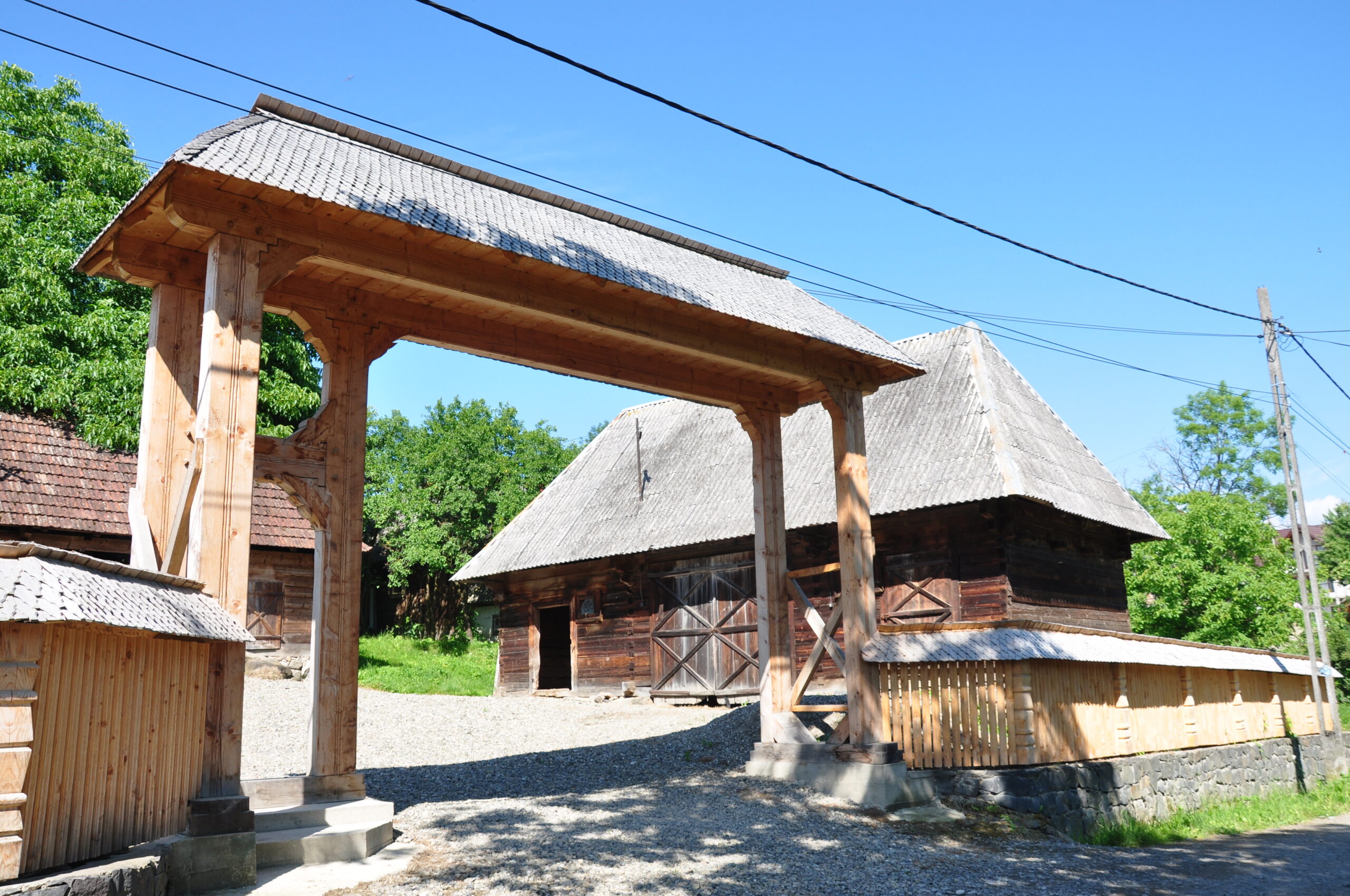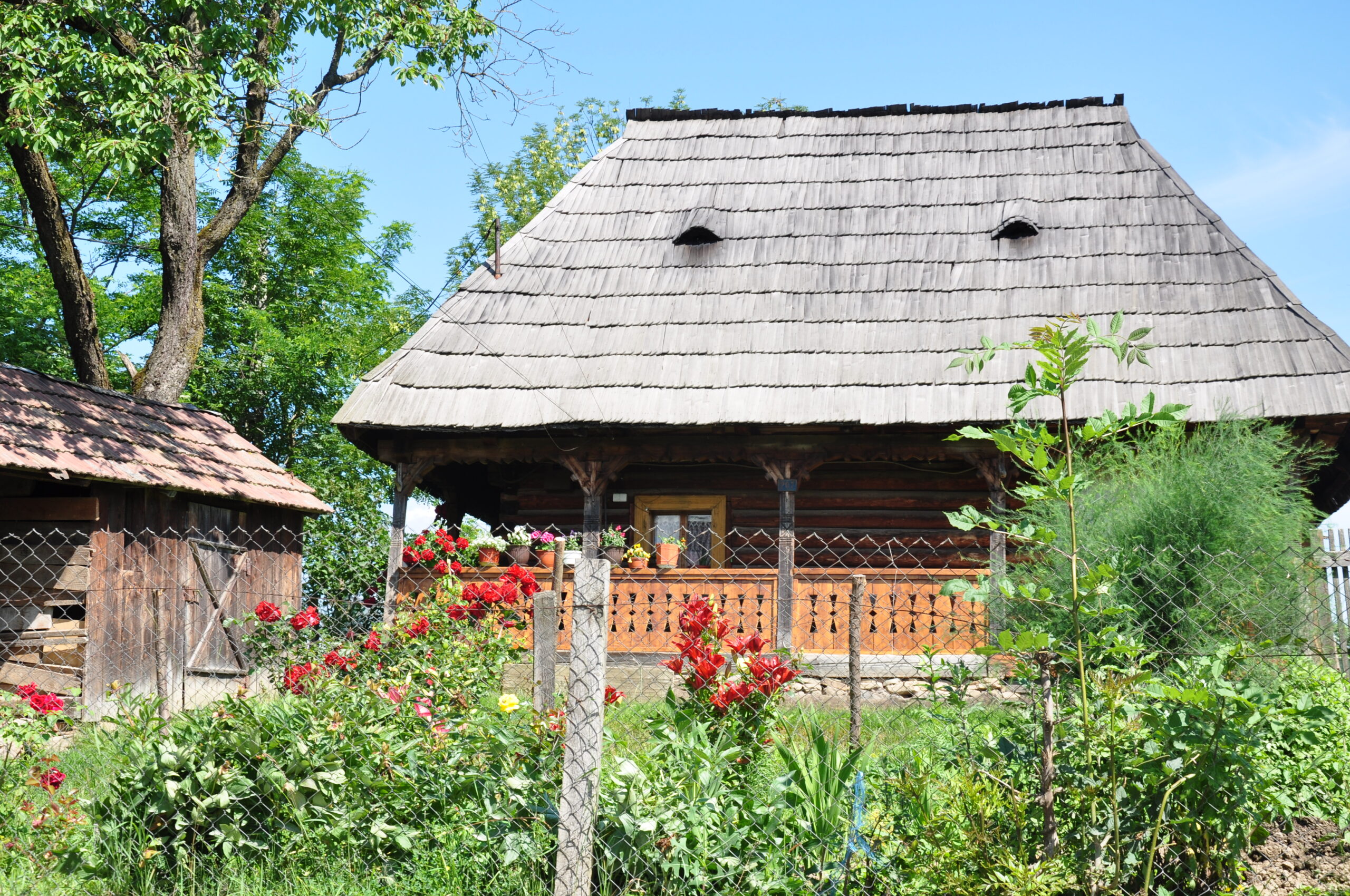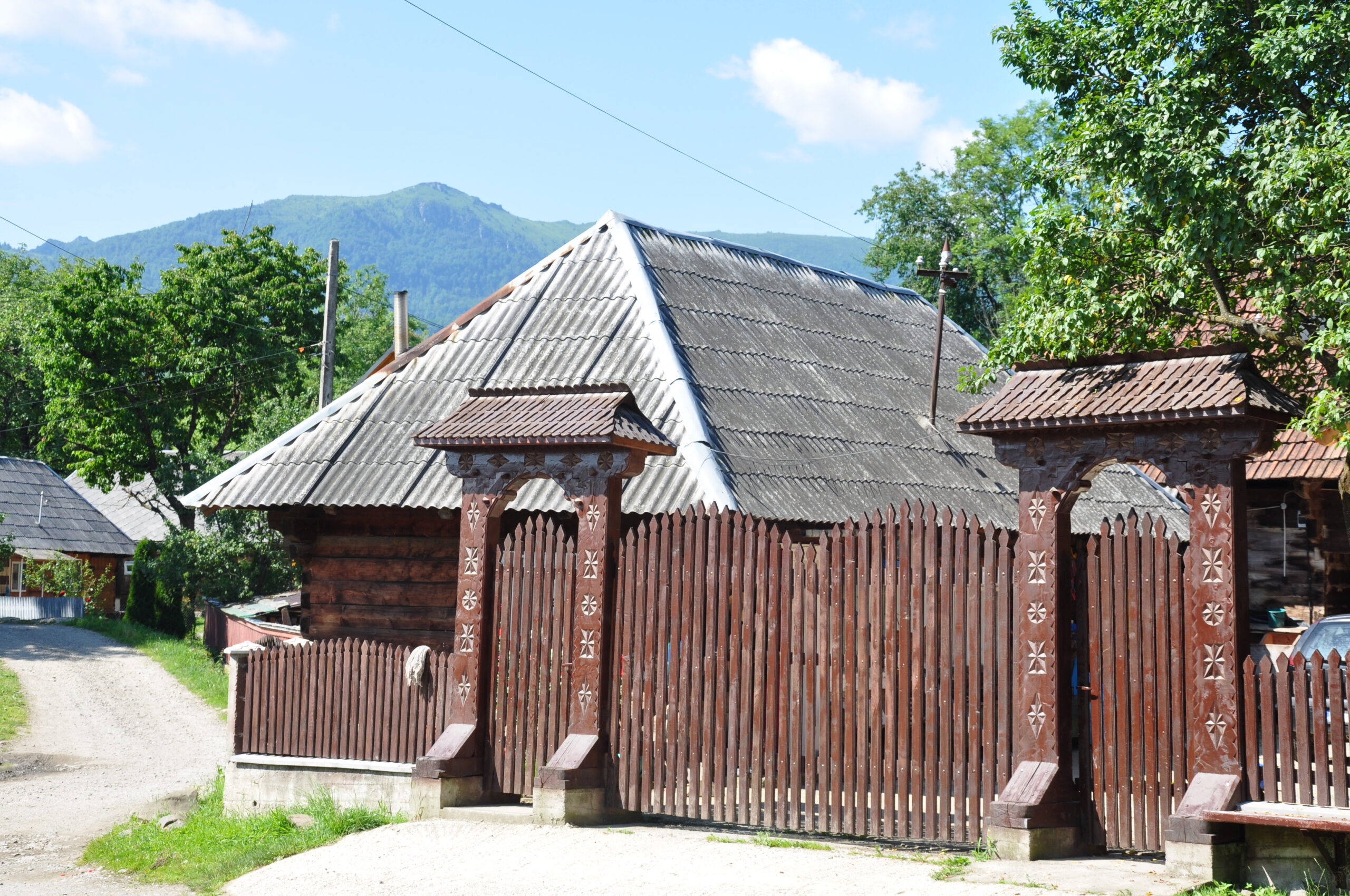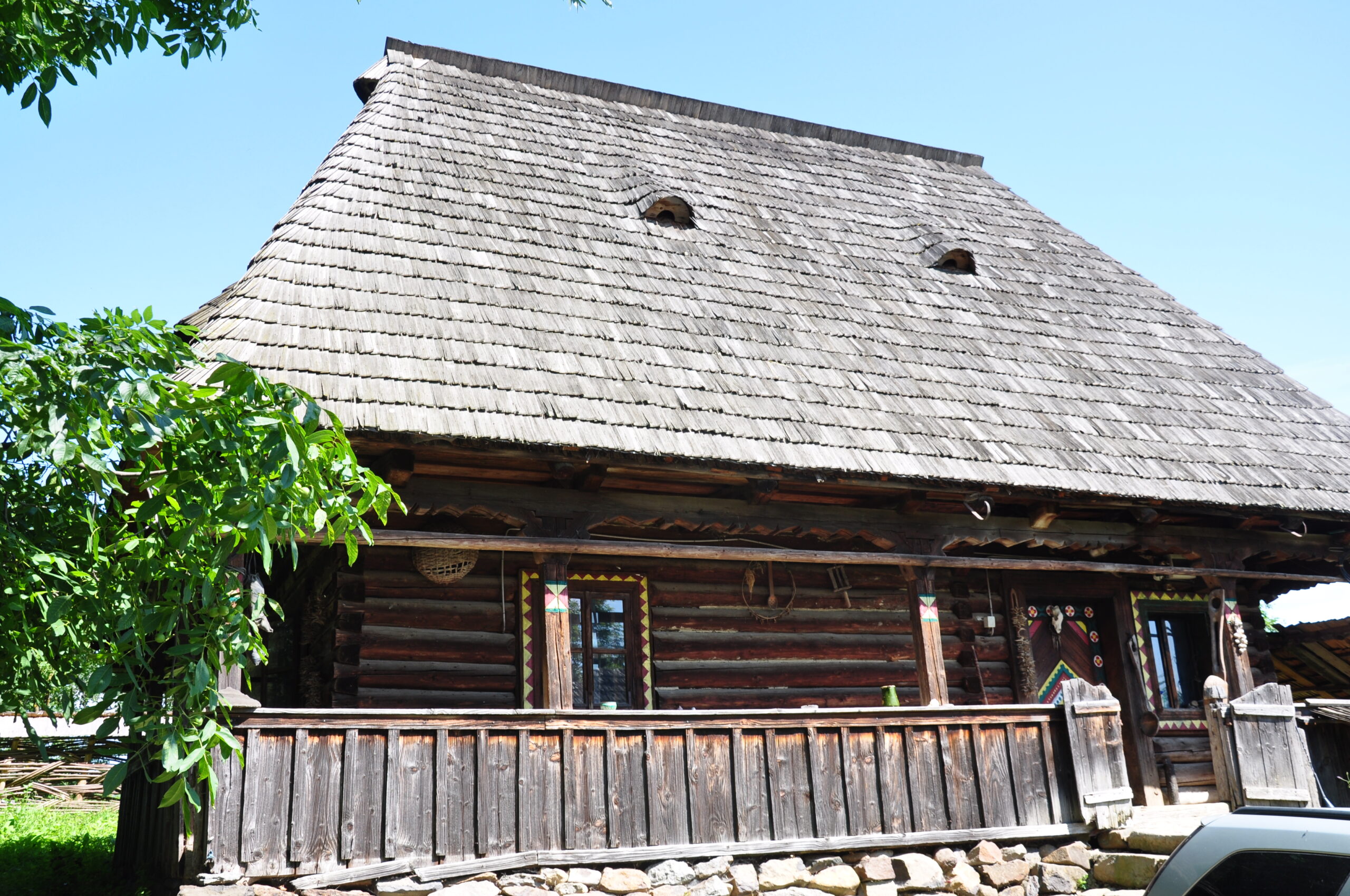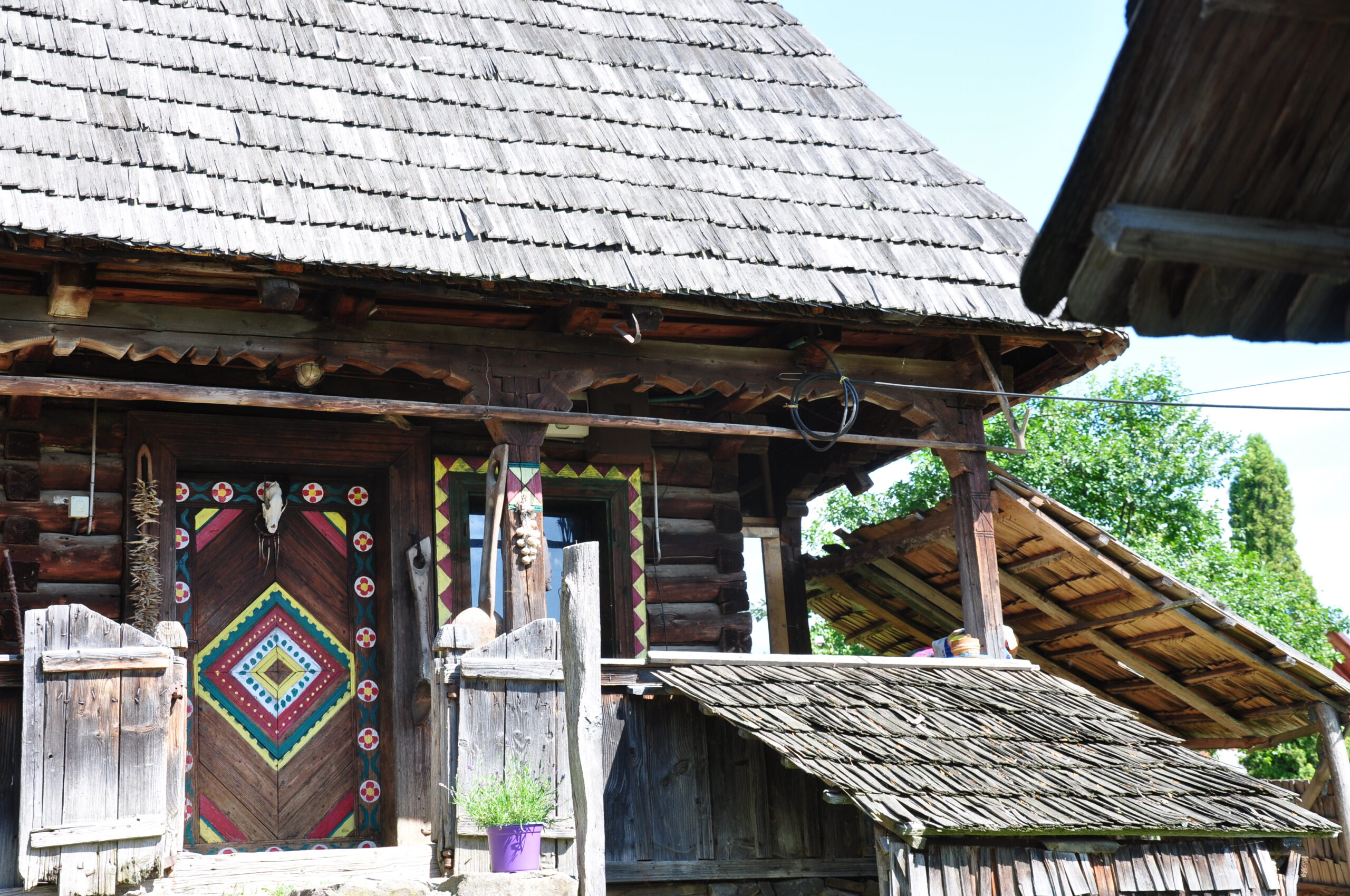Ensemble of rural culture and architecture from Breb.
Address: Breb village, no. 10, Ocna Şugatag commune, Maramureş county, Romania
Breb Orthodox Parish (Sighet Deanery)
Phone: +40 745549129
Email: p.gabriela80@yahoo.com
The village of Breb is located in the central and northern part of the Maramures Basin, in the upper part of the Mara River basin, in the northern foothills of the Gutai massif, in the valley of the Breboia stream. The village is located 6 km from the resort of Ocna-Sugatag, 27 km from Sighetu Marmatiei and 54 km from Baia Mare.
Together with the villages of Hoceni and Sugatag, Breb belongs to the Okna-Sugatag community, from which it is 7 km away.
Access is via a local road, 1 km from the county road DJ 109 F. At the entrance to the village, you will be greeted by the famous Maramures gate.
The village of Breb includes territories that were part of the Grand Duchy of the Sea in the medieval period and appear in documents under the names Breb, Copacis (or Copaceni) and Vala Mare.
The first written evidence dates back to 20 March 1360, when King Louis I of Anjou recognised Dragos, son of Giulia, as the owner of the estates of Breb, Kopacis, Slatina (present-day Ocna Sugatag), Desheşti, Herniceşti and Sat Sugatag. In these documents, the village appears under the name Villa Olahalis or Hodpataka, which translates as “village of the brook sheep”, sheep meaning beaver (a rodent that adapted to aquatic life, which has meanwhile disappeared from these lands, but whose memory is preserved by the place name of the village).
Several documents from the XIV-XVI centuries tell about this village and the families that owned it.
In the 19th century, there was a confessional school here, and in 1880 the Breb Ploughmen’s Choir was founded. The town was also known for its sulphurous waters. Until 1918, baths could still be seen here, where, as they say, the Emperor of Austria-Hungary Joseph II also came. At the beginning of the 20th century, in 1910, there were 366 houses in the village.
In 1912, among the 1670 inhabitants there were Romanians and Jews, and in 1930 the national composition was as follows: 1530 Romanians, 159 Jews, and a Russian. According to Wikipedia, in terms of confessional structure, in the same 1930, Greek Catholics, with 1526 people, were the majority, followed by 159 Moslems, 3 Orthodox and 2 Baptists.
Today Breba has 500 houses and 1500 inhabitants.
Important monuments have been preserved in the village: the wooden church of the Holy Archangels Michael and Gabriel (1531); the ensemble of the Holy Archangels Church, which includes the cemetery, the parish house (1904) and the gate (a copy of the original, dating from 1790 and housed in the Village Museum in Sighetul-Marmacia).
Prince Charles visited the village in 2004 and supported a project in which three old wooden houses were brought to Breb and restored, which can now be seen on House Street.
William Blacker, who has lived in Breb for many years since the 1990s, has since become “out of place” and has published a book with great excitement called “By the Enchanted Road: A Story of Love and Life in Romania” and promotes it in a way that is better than anyone else.
The streets of Breba form a chain about 6 km long, going up or down, passing one by one the historical monuments in the village, as well as traditional houses that are scattered in freshly mown meadows and seem fairytale-like. The gates of Maramures are impressive – local folklore says that the richer the gates are in decorations, the richer the family.
To understand the role and purpose of the church in the middle of the village, you traveller must understand that it identifies with the heart that pulsates life in a body, it is the identity document of the community, it is our direct line with eternity, the bond that in all times united those who have crossed its threshold; for this reason absolutely everything significant in the life of the community was happening in and around the Church.
The Church of the Holy Archangels Michael and Gabriel has been likened to a history book, whereas it has imprinted in it (for those who can read) the influence and imprint of each historical period through which it wandered.
As a keeper of the great hourglass measuring the times, itself having 400 years old, with 500-year-old elements, raised from the root and hearth of the one before it, gathered around and stacked up beneath it many generations of passers-by through life.
Erected by ethnic Orthodox Romanians in 1626, in the old typology of Maramureş churches (chapel type), it succeeded to fit and reconcile those who built it: to fit the earthlings from two villages that united and to reconcile the social differences between the Germans (landowners) and serfs.
Built of oak guard wood, yet from the beginning, it wore a bell 100 years older than it, because the tower of the old church in Copăciş was placed on its top (1531), the symbol of Nemes, and from the body of the same church, which was resettled here, the current roof (structure) was crafted. Therefore, recycling is by no means a recent concept or foreign to these lands, especially since they have been found, according to laboratory analyzes, on the secondary roof, wooden tiles (shingles) since 1475 (550 years).
Then, after 1739, (when the last Orthodox bishop of Maramureş of those times is remembered), under Austro-Hungarian rule, the people of Maramureş were also informed that, by order of the Royal House of Vienna, they would now be called united with Rome (Greek-Catholics) and the church in Breb would enter into the patrimony of the Church United with Rome.
During this ruling, between 1854-1868, the little church entered a process of restoration, making some significant changes. A new altar was built, much more spacious, with Western influences, the planimetry was changed (from nave to cross type church) and the original church painting, from 1626, was covered with a decorative painting (girdles with traditional motifs of the time), windows and door were widened. From the old altar we still have preserved the foot of the Holy Table, carved in the shape of a chalice (exposed in the church) and a couple of icons from the original iconostasis.
In 1948, again the political leadership “knows what is best”, this time the Romanian Communist Party informs the Romanians in Transylvania that from now on they will call themselves Orthodox again, so the place of worship returns to the patrimony of the Romanian Orthodox Church.
To speak about the bond between the authentic Romanian peasant and the village church is like talking about the connection between man and his own blood; the peasant has no connection with the Church, he is and feels part of the Church and the Church is simply part of him. Maybe to some people this state of things seems utopia, but we invite them to postpone for some time the experience of their own daily life and going to a traditional Romanian village to seek to live, to seek the joy of living in the midst of God’s creation and not man’s; who knows, maybe they will have the surprise of learning more from the simple words of some peasant and will “discover” more than sinking their noses into what they know what is otherwise valuable studies and writings.
In the traditional Romanian village, social life is intertwined, to the point of oneness with religious life, in which everyone participates, from small to large. So if men erected this shrine, then women were the ones who adorned it with the work of their hands: towels, rugs and woollen carpets about which we have the “humble” peretence to have caught the Great Union (1918), the traditional motifs authentically from Maramureş, present in the fabrics, confirming this.
And let’s not forget about the crosses and icons between the 17th-20th centuries, each with its own story, which add patrimonial value to the little church of the Holy Archangels Michael and Gabriel in Breb.
Come to think of it, therefore, you realize that in the same church there are also Copăciş and Breb; and the Nemes and the serfs; and of the Orthodox, and of the United; both of men and women; a part from 1531, another part from 1626 and another from 1868, but all of them gathering, all clutching them to your chest, so that you come to realize that it is not the Church that belongs to some, but we, all of us, belong to the Church, the heart of this community.



